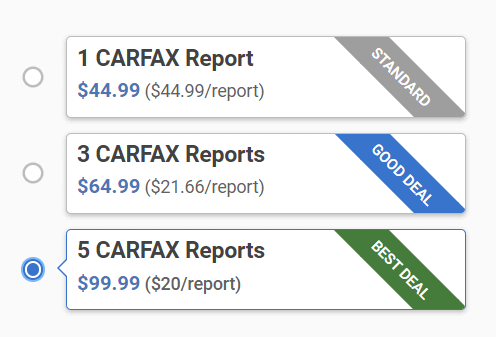In this guide, we’ll explore how you can leverage Carfax reports to steer clear of badly damaged cars and make smart buying decisions, from the obvious to the eyes cosmetic issues, to the possibly secret broken and horrible Carfax report example, we’ll give you everything you need to know on how to avoid buying a lemon car.
The Risks of Buying a Badly Damaged Car
The Consequences of Undisclosed Damage
From safety hazards to expensive repairs, the risks associated with a badly damaged car are numerous and best to be avoided. By understanding these risks, you can take proactive steps to protect yourself from making a costly and difficult mistake.
Types of Damage to Watch Out For
Badly damaged cars come in many forms:
- Structural Damage: Damage to the frame or chassis. Any damage here has the possibility to strongly compromise the safety and integrity of the vehicle.
- Flood Damage: Damage caused by exposure to water, which can lead to electrical issues, rust, and corrosion (leading to structural damage!).
- Salvage Titles: Titles issued for vehicles that have been declared total losses (write-offs) by insurance companies due to irreparable or extensive damage.
How can we use Carfax Report Examples to Avoid this?
Understanding Carfax report examples are tools that tell us how to avoid buying a lemon car. By accessing a Carfax report, we’re better able to gain an insight into the car’s past, including any reported accidents, damage, or title issues. This information brings any red flags that may be present to your attention immediately.
Key Features of Carfax Reports
Carfax reports contain a wealth of information, including:
- Accident History: Details about any reported accidents or damage, including the severity of the damage and whether the car was declared a write-off.
- Title Information: Information about the car’s title history, including salvage titles and any other title issues that may be present.
- Service Records: Maintenance and service history, letting us know if the original owner kept on top of his log book entries.
Obtain a Carfax Report for Every Vehicle
Before purchasing a used car, always obtain a Carfax report. Even if a car looks clean on the surface, there may be hidden issues lurking beneath the surface. A Carfax report allows you to uncover these issues and make an informed decision about whether the purchase is right for you.
Look for Red Flags
When reviewing a Carfax report, be on the lookout for red flags such as:
- Multiple Accidents.
- Salvage Titles: These vehicles may have extensive damaged, making them a risky investment.
- Inconsistent Odometer Readings: Inconsistent odometer readings may indicate that the mileage has been tampered with, which is a common tactic used to conceal a car’s true history, and drive up a vehicles value.
Avoiding badly damaged cars is essential for protecting yourself from expensive repairs and safety hazards. By leveraging Carfax report examples, you can gain the information you need to avoid purchasing a lemon car. Carfax reports allow you to navigate the used car market with confidence.




